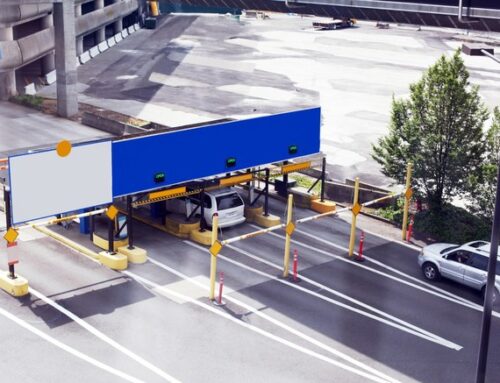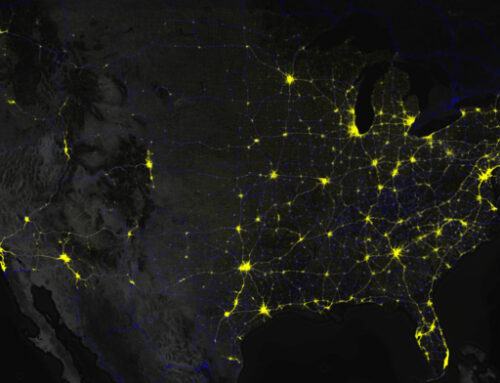The main purpose of road tolls isn’t to raise money – it’s to change behaviour. Critics who dismiss “congestion pricing” as just a government cash grab miss that fundamental point. But it’s amply made in a welcome new report by a cross-section of respected Canadian economists.
Anyone trapped in stop-and-go traffic knows road space can be a rare and precious commodity, especially at rush hour. But with a few exceptions, it’s being given away free — available to drivers without charge — regardless of scarcity and the time of day.
The result is excess use at peak hours, to a point where congestion is choking the movement of commuters and goods, especially in the Greater Toronto Area.
Gridlock in this region is expected to sap $15 billion a year from the economy by 2031; that’s the combined cost of stalled deliveries, late employees, and missed opportunities. There’s also a social price paid through rampant urban sprawl, rising pollution and worsening public health.
A better way is outlined in a sensible report by Canada’s Ecofiscal Commission, appropriately titled: We can’t get there from here: Why pricing traffic congestion is critical to beating it.
A growing body of evidence shows that charging a modest fee for using a major road promotes efficient use of this resource. According to the authors of the report, “It leads to reduced traffic congestion and creates net economic benefits both for the economy as a whole and for individual drivers.”
International examples abound. Congestion pricing in Stockholm, for example, has cut traffic to the city core by up to 30 per cent. In Oregon, a toll on rush hour drivers dramatically reduced peak volumes.
Evidence is also found as close as Highway 407, a toll route in the GTA that “consistently moves at free-flow speeds, while peak travel times at parallel unpriced routes are 50 per cent to 200 per cent longer,” says the report.
In Canada the traditional response to excess congestion has been to build more roads. But that doesn’t bring lasting relief. When a new route opens, people frustrated by jammed traffic, who might otherwise leave their car at home, are more likely to take to the road. The ultimate result is yet more gridlock. This needs to be discouraged and, according to the report, “congestion pricing is . . . the crucial missing piece.”
The authors, quite rightly, refrain from advocating a one-size-fits-all approach. They suggest a series of congestion pricing pilot programs geared to the specific needs of communities. For the GTA they propose converting HOV (high occupancy vehicle) lanes into toll ways and building additional such toll routes.
An HOV lane is reserved for drivers carrying at least one passenger. On conversion into a HOT (high occupancy toll) route, solo drivers would also be allowed access — but they would be charged a congestion fee.
Queen’s Park is moving forward on just such a plan, with an announcement on the location of HOT lanes, and toll rates, expected by the end of the year. The Ecofiscal Commission recommends that provinces go even further by giving municipalities “explicit authority to implement congestion pricing policies.” It would certainly make sense to grant Toronto such power.
Critics complain that drivers shouldn’t be charged a fee for using highway lanes that have been already been built and fully funded with tax dollars. But Toronto’s subways are also built with public money; they’ve carried riders for decades, and those people are still charged for every trip. It’s only fair that drivers also start paying a price for using a valuable public resource: limited highway space, especially at rush hour.
Putting an end to their free ride will encourage more motorists to car pool, work from home, drive in at off-hours or take public transit. To ease their way to making a switch, revenue raised through tolls should go toward expanding public transit. But this isn’t primarily about money. It’s about nudging people toward doing the right thing in order to cut congestion.



